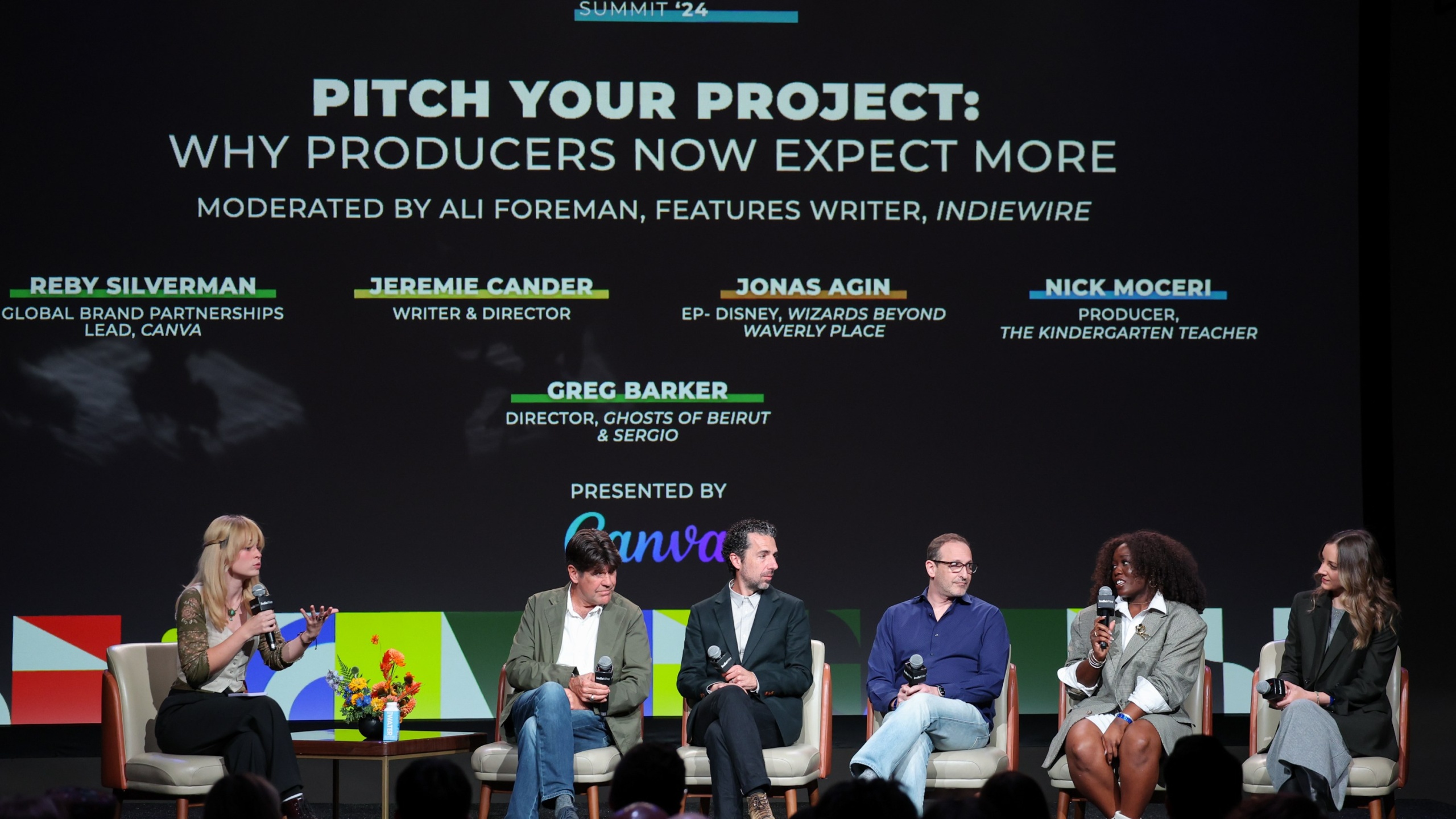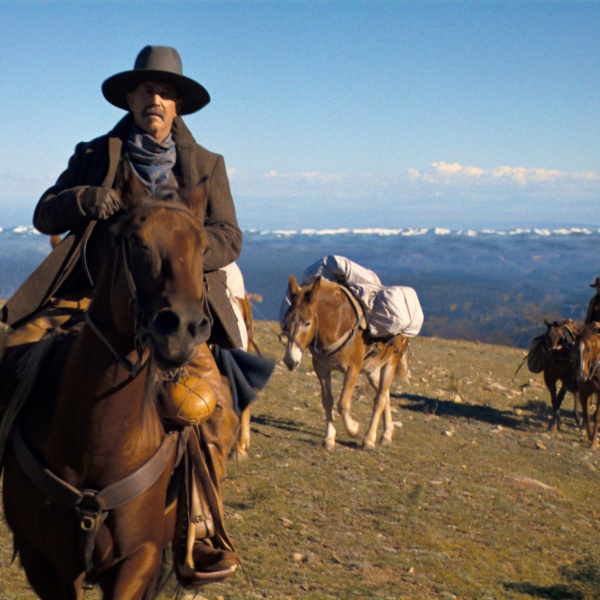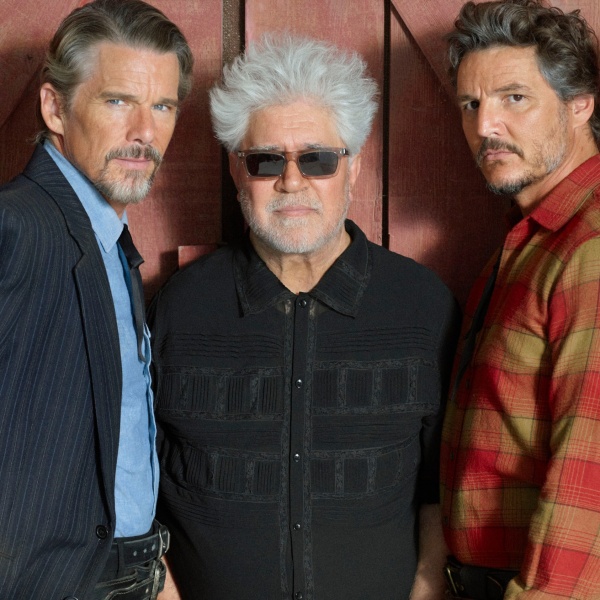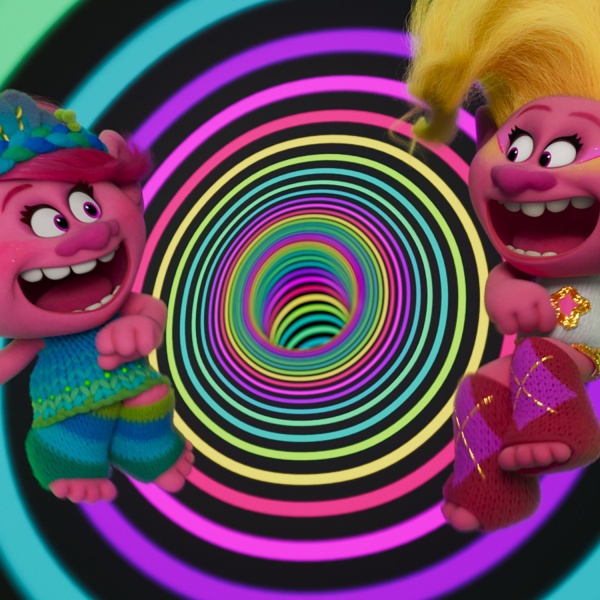In an increasingly competitive entertainment landscape, pitching matters more than ever before. Luckily, Canva makes it easy for filmmakers to design high quality pitch decks on their own. At IndieWire’s Future of Filmmaking Summit, a panel presented by Canva convened five experts to discuss the technologies that empower artists to bring their ideas to life for potential investors and stars.
Found in Australia in 2013, Canva is a software company that offers design tools for individuals and companies, but over the last few years, it has also found a niche market in providing creatives a platform to draft pitch decks and presentations that provide visual insight into their ideas. In our “Pitch Your Project” panel, moderated by Alison Foreman, writer/director Jeremie Cander, who was selected to be part of Issa Rae’s “Find Your People” program through her company Color Creative, expressed her appreciation for Canva in helping her develop new skills.
“So Canva was super instrumental in teaching us the art of pitching,” said Cander. “But then with the visual decks, I’m someone that mainly sees movies and my stories in images. So with Canva it was really just nice to be able to put things together and like not include so many words, but really tell our story through the images.”
Canva’s Global Brand Partnerships Lead, Reby Silverman, was also on hand to elaborate on how the company has fostered relationships with creatives in order to make their concepts come to life.
“We started partnering with the entertainment industry almost two years ago to empower emerging and established filmmakers and entertainment professionals to visualize their ideas and bring their next TV and film projects to life,” Silverman said. “Canva’s mission more broadly is to empower the world to design, and so when we got connected with the Color Creative team and the ‘Find Your People’ program, it really felt like a match made in heaven. This shared vision and this shared work to empower the next generation of diverse and emerging talent.”
Filmmakers who make pitch decks with Canva will soon have another powerful tool at their disposal, as Silverman announced that ShotDeck, the world’s largest database of high definition film stills that many directors and cinematographers rely on for reference images, will be integrated into Canva later this month. Rather than manually downloading stills from ShotDeck and dragging them into Canva, users will be able to search for images within the app and seamlessly add them to pitch documents.
Silverman explained “it’s all of our jobs” to be designers and to help create a tone and mood for potential buyers that goes beyond just words. Adding to this, producer Nick Moceri shared the importance of also communicating how much executives could expect to spend, not necessarily in a strict numerical figure, but in sense of how big your project presents as.
“I wouldn’t fill your pitches with a whole bunch of like spreadsheets and financial data. I mean, no one wants to read numbers,” said Moceri. “But I think the deck and the pitch is an opportunity to show scope and scale and ambition, right? So I think you want it to show that you’re ambitious, but if you’re trying to make a million dollars, and you’ve got this entire world building deck with robots and CG, you know, you start to create some cognitive dissonance. So I think it’s using, the visual tools to communicate the scope, scale, tone of the piece, so that when you say the budget is X, the math all adds up.”
“Ghosts of Beirut” director Greg Barker admitted that, initially, when pitch decks started becoming more of a necessity, he was very turned off by the idea. However, over time, he’s come to appreciate their use in the creative process in helping think beyond the script. He also now puts a value in how much energy one is willing to put into how they present their work.
“Although the technology makes it now so easy, the rigor that you put into it, finding the images that really capture what you want to say so somebody goes through your deck and sees, and they go through the kind of emotional journey that they will have experienced when they see your series or your film, that all should be in the deck,” Barker said.
Jonas Agin, a producer with an overall deal at Disney who is currently working on “The Wizards of Waverly Place” reboot, also emphasized the need to give presentations a soul and to not just bombard people with images that have no meaning. In addition, he offered a tactic for bringing viewers into the experience of whatever you’re pitching.
“There could be sort of a coldness to a lot of pitches, which is great imagery that sort of tells a story, but if it doesn’t tell a story with a real feeling and personality, it doesn’t matter. Another thing that’s really worked for me, and when taking pitches, is to make sure that the first few minutes you are telling some key scene of that story,” said Agin. “It could be your cold opener prologue. It could be some critical scene later, and you say, let me tell you how we got there. But what you want to do is make sure that the audience, the person you’re pitching to, is leaning in. That they have a visceral feeling of, what is this show? Who are these main characters? What’s at conflict? And why am I engaging in it?”
Watch IndieWire’s full “Pitch Your Project” panel above.
Special thanks to our Future of Filmmaking Summit partners: Canva, Kino, SAGindie, The American Pavilion, United for Business, and The Walt Disney Studios.






